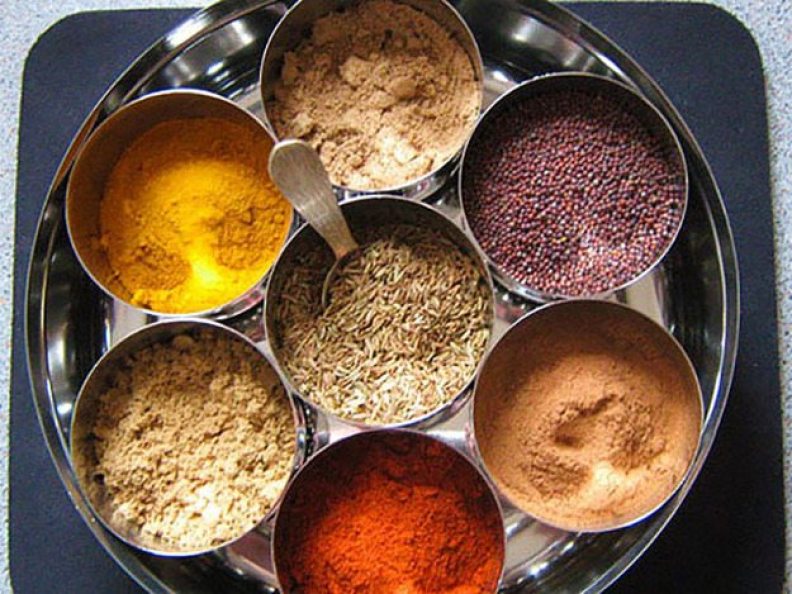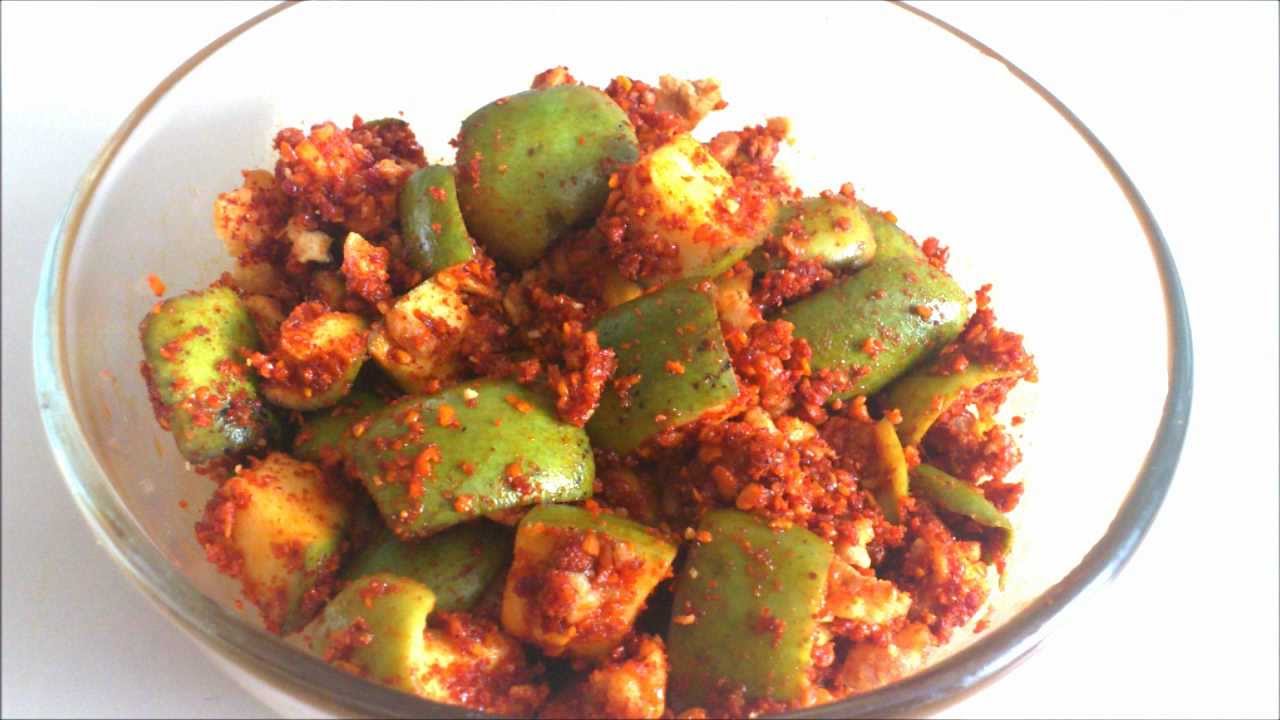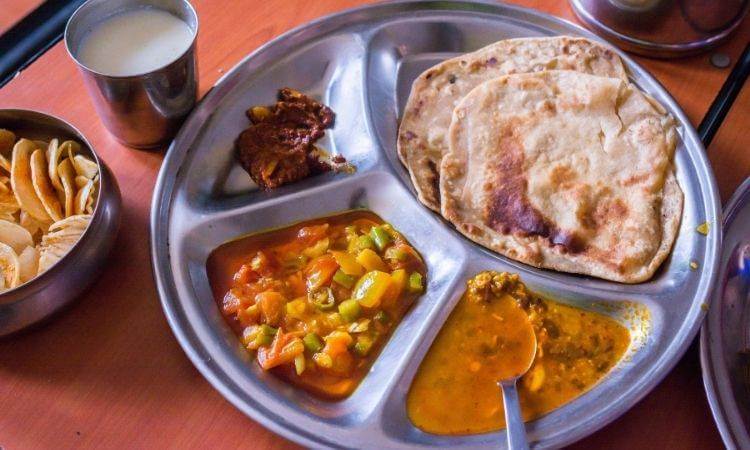Indians share a special bond with food. From what we eat to how it’s prepared, and the way it’s consumed, there are many things that make Indian food unique and healthy. India’s eating habits are recognised throughout the world, but not many know the benefits of our traditional practices. Even we don’t appreciate our ancient customs for the very real health advantages they can bring to our lives. Here are eight traditional Indian eating habits that the world can learn from us and we, as urban Indians, should adopt in our daily lives.
1. Eating With Hands
It is believed in Ayurveda that each finger is an extension of the five elements – air, water, space, fire, and earth. Eating food with fingers stimulates these five elements and helps in secretion of digestive juices in the stomach. Also, feeling your food makes your more conscious of its taste, textures, and aromas. This is one of the most common Indian eating habits, and rightfully so. The benefits of eating with hands are many, and elders in most families still swear by this tradition. Of course, your hands need to be sparkling clean before you start eating.

2. Using Homemade Spices
Most Westerners who cook their meat with only salt and pepper will never know the wonderful things haldi and garam masala can do to its flavour. Nothing can compare to the taste and aroma of fresh homemade spices sprinkled on top. These spices can take a dish up several notches, whether it’s in terms of their flavour or appearance. The best part is that they are even good for your immunity and overall health.

3. Consuming Ghee
Ghee has a bad rep for its high saturated fat content. But research has shown that it is actually good for the heart. And that’s not the only trick it has up its sleeve. Ghee improves digestion and helps to lose weight. It also comes in handy for hair and skin care. Click here to know the several advantages and health benefits of ghee, which you could be missing out on because of a misplaced fear of fat.

4. Eating Pickled Fruits And Vegetables
Remember the time when your granny used to make amle ka murabba for you? Or gajar ka achar? Pickles can be a good source of antioxidants, if consumed in moderation. The benefits of pickles are plenty since they’re made from fruits and vegetables. That’s why the antioxidants in them are preserved as it is.

5. Eating A Lot Of Curd
Indians serve curd with almost every meal. Consuming its good bacteria is beneficial for digestive health and preventing heart burns. And that’s only one of the several benefits of curd. You can have curd as raita or lassi with your meals. Try curd with your next meal and see what a significant improvement it has on your digestion.

6. Going Easy On The Non-Veg Food
While western breakfast has ham and bacon as staples, in India, breakfast is almost always vegetarian. Parathas to idli sambar, and thepla to aalu torkari, there are a lot of options to choose from. Apart from the occasional eggs, even a hurried breakfast is mostly vegetarian in this country, like poha or a tomato cucumber sandwich. And when it comes to dinner, even die hard fans of meat and chicken share the same love for homemade dal–sabzi and roti. Non-vegetarian food, except chicken and fish, can be too heavy on the stomach at night. Going easy on the meat at night keeps cholesterol and fat intake in check.

7. Serving Food On A Banana Leaf
Serving food on a banana leaf is a centuries-old tradition in southern India, especially in Kerala. Banana leaves contain large amounts of polyphenols, which is a natural antioxidant. Placing hot food on it stimulates the nutrients that enrich the meal. Also, if you have large parties, serving food on banana leaves instead of plastic plates is good for the environment.

8. Eating While Sitting On The Floor
If you sit on a chair while eating, your blood will naturally flow to the legs making digestion harder. On the other hand, sitting on the floor makes digestion easier. Your upper body moves back and forth while picking up the food, which helps in the movement of abdomen muscles. Also, the sukhasan pose (sitting cross legged) relaxes the mind.

Which of these traditional eating habits are you going to start today?














